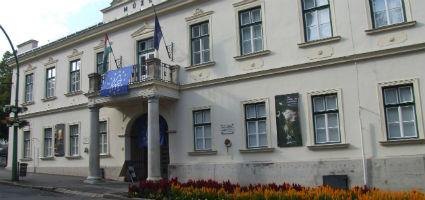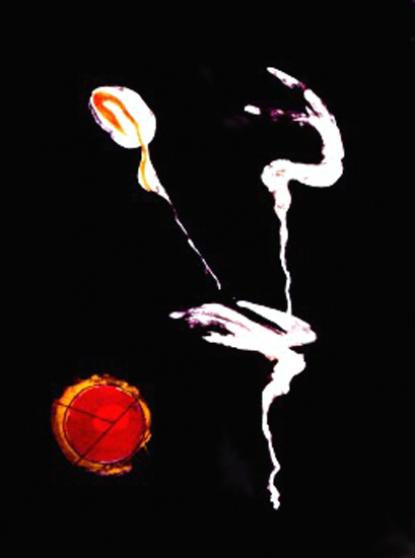2025. August 28. Thursday
Ferenc Kazinczy Museum - Sátoraljaújhely
 |
Address: 3980, Sátoraljaújhely Dózsa György u. 11.
Phone number: (47) 322-351
E-mail: info@kazinczymuzeum.hu
Opening hours: Tue-Sun 9-17
|
The exhibition has closed for visitors.
2003.05.23. - 2003.07.30.
Museum tickets, service costs:
|
Ticket for adults
|
600 HUF
|
|
|
Ticket for students
|
300 HUF
|
|
|
Ticket for pensioners
|
300 HUF
|
|
|
Photography
|
300 HUF
|
|
|
Video
|
300 HUF
|
Painter and sculptor János Antal Kazinczy was born in Temesvár in 1914. Between 1932 and 1936 he studied as Gyula Rudnay's student at the Hungarian Fine Art Academy. The first section of his carrier was spent in searching for ways of expression. During the Second World War he lived illegally in Bukarest. In this period he mostly made figurative pictures reflecting the influences of Transylvanian people, the landscape, the dangers of defense and the sorrow caused by the war.

In 1948 Kazinczy left Romania for good and moved to Hungary. Between 1949 and 1950 he taught at the Applied Art Academy. In the second half of the 1940'ies he began opening a series of exhibitions. The regime of the 1950'ies regarded him as a "decadent", valueless artist. He was dismissed from his teacher position.
During the revolution of 1956 most part of Kazinczy's works were destroyed by a bomb. This was the second time he lost his lifework, for earlier on he had hardly managed to bring a few of his works out of Romania. He decided to leave the country in 1957. He first settled in West Germany, and later moved to France in 1967.
Though his art turned into a non-figurative direction, he has not altogether left the forms of nature inspired by the Mediterranean world. This exhibition represents the changes made in his art, emphasizing the works made in the last 30 years. His works made during and directly after the 1956 revolution.
József Fehér
Museum director

In 1948 Kazinczy left Romania for good and moved to Hungary. Between 1949 and 1950 he taught at the Applied Art Academy. In the second half of the 1940'ies he began opening a series of exhibitions. The regime of the 1950'ies regarded him as a "decadent", valueless artist. He was dismissed from his teacher position.
During the revolution of 1956 most part of Kazinczy's works were destroyed by a bomb. This was the second time he lost his lifework, for earlier on he had hardly managed to bring a few of his works out of Romania. He decided to leave the country in 1957. He first settled in West Germany, and later moved to France in 1967.
József Fehér
Museum director
